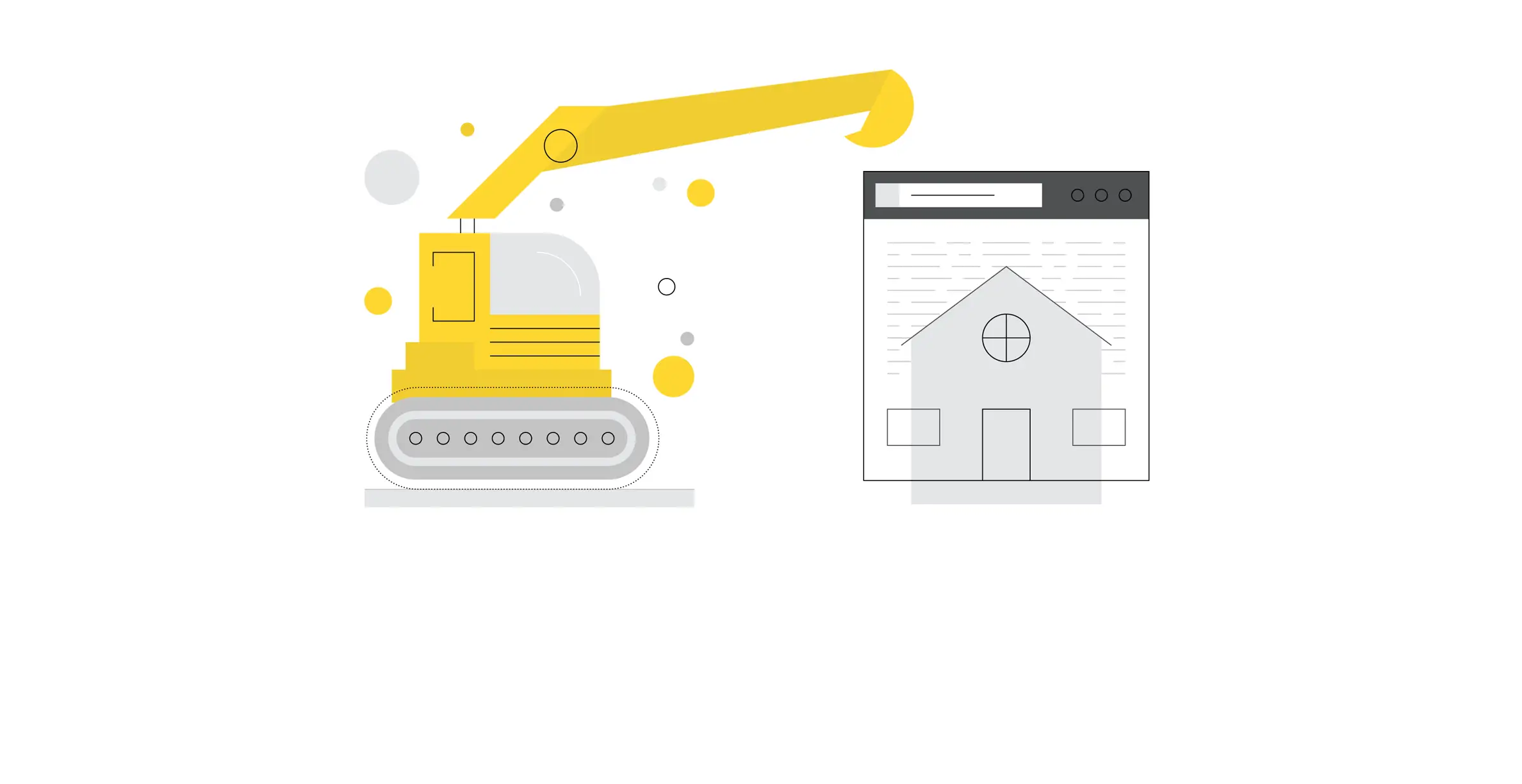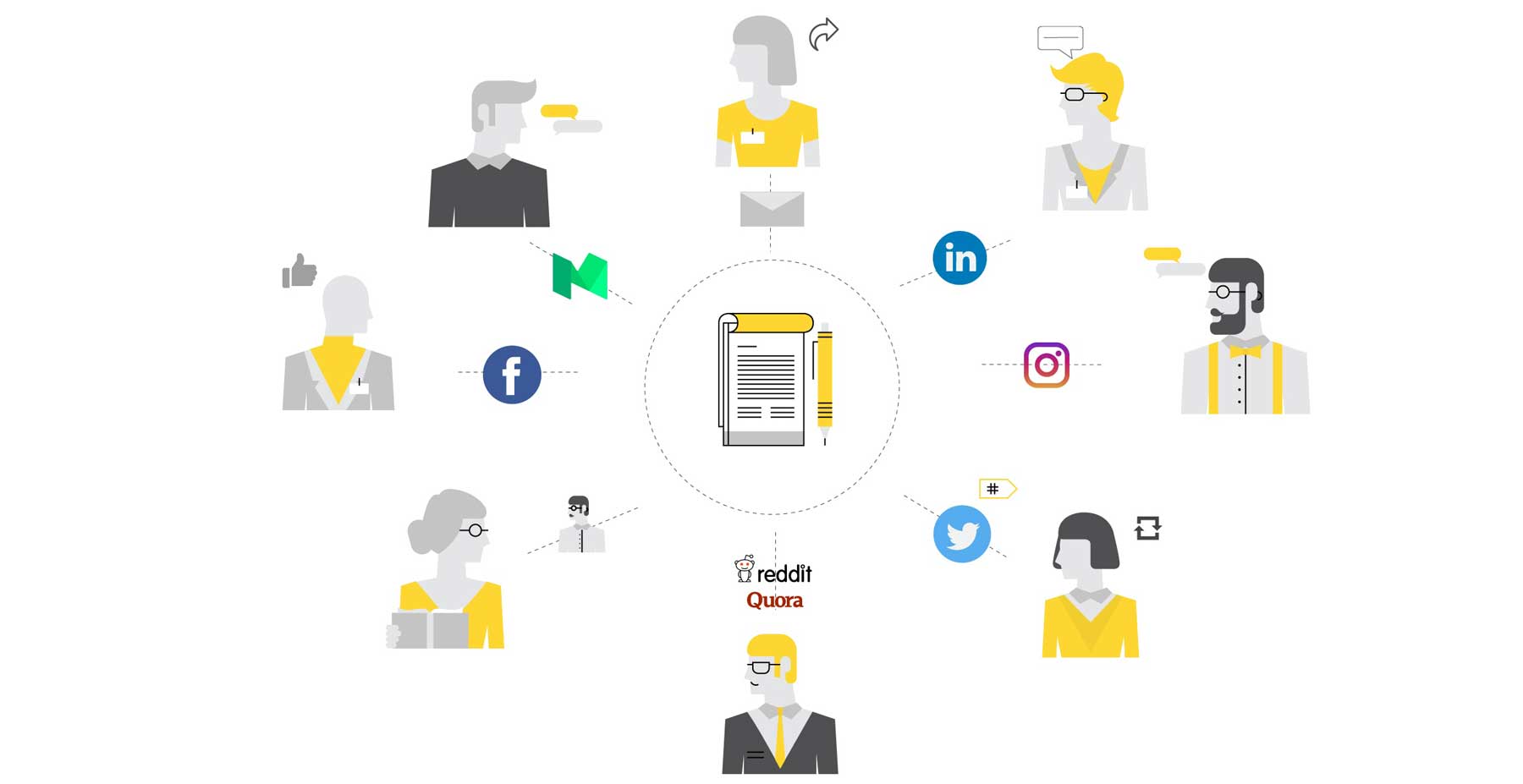While it's important to build a cross channel marketing strategy, email remains one of the most popular and most cost-effective channels. According to HubSpot, 77% of consumers prefer email for marketing communications which shows it's popularity has not diminished.
Email marketing is a key tactic used in Inbound Marketing. It is widely used in the 'Close' phase of the buyers journey to start a conversation, build trust, keep leads engaged by providing valuable content and ultimately help convert leads into customers. After all, leads who are nurtured with targeted content produce about a 20% increase in sales opportunities so it makes sense to include it in your campaigns.
But it's not just great for helping to close sales, it's also a great way to continue to build your relationship with customers by continuing to be helpful. If you have effective nurturing campaigns in place, you may be able to upsell or cross sell in the future while keeping churn rates down. After all it costs a lot less to keep an existing customer than to acquire a new one.
So here are 8 best practices for writing B2B marketing emails that you should implement in your next email campaign...
1. Set a Clear Goal
Before I do anything, I make sure I have a clear goal written down, and more often than not a SMART goal. Without a goal, how will you know what you’re trying to achieve and how will you measure success?
So ask yourself… Why am I sending this email? What do I want to get out of it? What does success look like?
So, before you start set yourself a clear, actionable and quantifiable end goal.
With every email you send your aim is to help leads and prospects so don’t make the goal a company promotional one. Here are a few examples of goals...
- Educating your leads on something relevant
- Get feedback on a product or service that you've provided
- Nurture existing leads - you may have a sequence of specific emails you want to send after a lead downloads an offer that will help them further down the buyers journey
- Invitation to event
Download our FREE SMART Marketing Goals Template to help you determine your overall marketing goals.
2. Send Emails from a Real Person
You are not just B2B - you also need to be H2H. People don’t do business with companies; they do business with people. So make sure any emails you send are from actual people in your organisation and not from addresses such as marketing@companyname.com.
Include a well-designed email signature with a friendly photo so that recipients can put a face to the email address in case they haven't met you. They’re much more likely to remember you when you call!
3. Personalise it
If you want to make a connection with a potential buyer, sending content that is relevant and personalised will significantly increase your chances of success as it's proven to increase click-through rates.
Firstly you need to use the data you have already collected in your CRM about the recipient to personalise the email. Use data such as...
- First name
- Industry
- Company Name
- Role
- Name of download if they have recently downloaded something
etc
Secondly, you need to provide content that is helpful, valuable and suitable for whatever stage of the buyers journey they are at. Again, you can use data in your CRM to drive this along with automated email workflows based on particular criteria.
On average, personalised emails improve click through rates by 14% and conversion rates by 10%.
4. Nail your Subject Line
Start by remembering that you are competing with many other people's emails in inboxes to get yours read. So make sure your subject line stands out, but don't make it misleading just to try and get someone to open it.
Everyone is different, and what may appeal to one person may not appeal to another, so consider split-testing variations of the same email with different subject lines. Do...
- Create a sense of urgency with language if you can
- Make sure it's concise and to the point
- Include first names from time to time as they can help increase conversion rates.
- Keep it to less than 50 characters so it doesn't get truncated
- DON'T use spammy words like "Save..."
For some great tips on subject lines, check out HubSpots blog post on the topic, which goes through 10 ways to make your subject line really stand out. Another great source of inspiration is OptinMonster's list of subject lines.
Take a look at some emails you've received that immediately grabbed your attention and resulted in you opening them straight away, along with those that compelled you to take action like downloading an eBook, registering for an event, booking a consultation etc. Use these for inspiration for your campaigns.
5. Write Compelling Preview Text
Your email preview text is like the metadata on your web pages. Great metadata helps grab a searcher's attention so that they click on the page link. The same applies to email preview text.
Your preview text should give a brief description of what your email is about. People will scan it and ask themselves if it looks like something of value to them, is it worth reading on?
Make sure you keep your preview text to about 50 characters or less. If you don't, it will get cut off.
If your subject line and preview text don’t grab the recipient's attention straight away, then that email may never be opened. Your goal when writing these is to encourage the person to open the email straight away.
6. Engage your Recipient
Use your goal to optimise for engagement. You want people to read your email and take some action as a result. People are busy, so be brief, clear and compelling.
If you are including images, make sure to add alt-text and link them to an offer.
- Include one main CTA - Make sure it's obvious what action you want the person to take
- Add a CTA to the signature
- Hyperlink helpful content
- Encourage sharing by including social media and email sharing options.
7. Make it Mobile Friendly
According to In Litmus, 56% of opened emails were opened on mobile devices in April 2016. This is up 8% from the previous year and is steadily increasing. So put mobile first by doing the following :
- Make sure email templates you use are responsive
- Keep subject lines to less than 50 characters so they don't get truncated
- Use concise, short copy with no more than a few paragraphs
- Make sure you have a CTA (whatever form it takes) above the fold of the mail so they get to it before having to scroll
- Ensure any buttons are more than 45-47 pixels for usability
- Take a mobile-first approach to image optimisation and keep file sizes small
- Not using small fonts that are difficult to read on mobile devices
8. Timing is Critical
Timing is a critical success factor for 2 reasons
Firstly, the time the email is actually sent out ...
There is a lot of discussion and opinions around this, but the best way to know what the right time is, is to use the analytics you gather over time. Use them to figure out the best times.
If you are just starting to use email marketing, use these guidelines to get started. According to studies which CoSchedule reviewed, start by prioritising as follows and regularly review analytics and tweak for your next campaign:-
- Tuesday: The best day to send emails, according to most of the data from these studies.
- Thursday: Choose Thursday for your second day when you send 2 emails in one week.
- Wednesday: While no single study showed that Wednesday was the most popular, it came in second place several times.
From the same studies CoSchedule also reported the best times for sending emails were as follows:
- 10 a.m.: While late-morning send times were the most popular in general, several concluded that the best time to send emails is at 10 a.m. Another notable time is 11 a.m.
- 8 p.m.-midnight: It looks like emails generally receive more opens and clicks later in the evening. This may be due to people checking their email before going to bed.
- 2 p.m.: It looks like people are looking for distractions to work at this time so it may be a good time to try.
- 6 a.m.: Lots of people appear to check their email before getting out of bed! Another benefit of 6am is it may be at the top of people's inboxes when they arrive at work or are commuting.
Secondly, knowing when to send an email. For example, if someone downloads an offer, when is the best time for a follow-up mail, e.g. the same day? 1 day later? Etc and how do you best time a lead nurturing email sequence - how many days should be in between each email?
9. Measure and Review the Results
You started by setting a goal, then created and sent your email, and now it's time to analyse the results. Use these key metrics to measure your success...
- Delivery rates - Are your emails actually getting delivered?
- Open rates - If your subject line is compelling, then these should be high
- Click-through rates - Are people interested in the content of your email and what you have to offer? What are the most popular links?
- Contact churn
- Hard bounces - decide how to approach these as they are permanent
- Soft bounces
Improve your emails by learning from results and using your results to help tweak emails and to A/B test future emails to see what works best for your audience over time.
Good email campaigns should speak to your buyers at each stage of the buyer journey providing them with useful content tailored to whatever stage they are at. Email marketing is still one of the most cost-effective ways of growing your business, and if you follow best practices and plan your campaigns and content well, you should see a good return on your investment.
Above all, send the right email to the right person at the right time.
If you would like to discuss these best practices or need any advice on your email marketing, feel free to contact us.
If you need help defining your overall marketing goals then download our template below which will help you calculate measurable goals based on current metrics.





